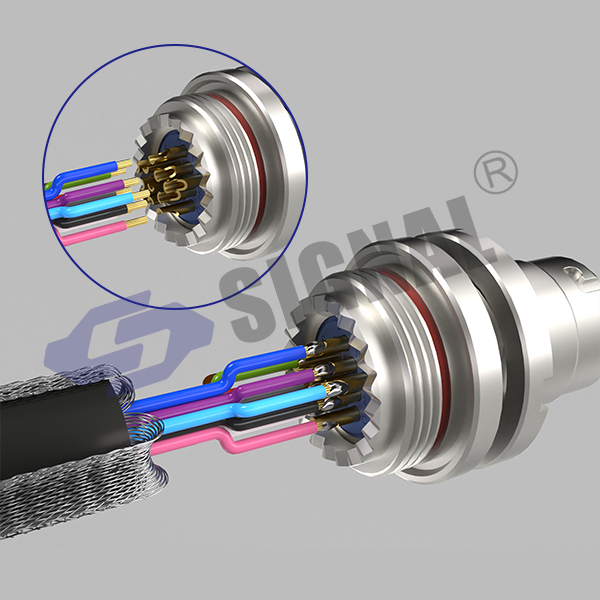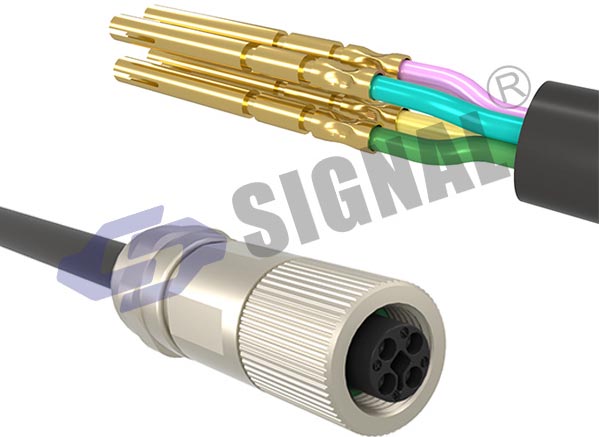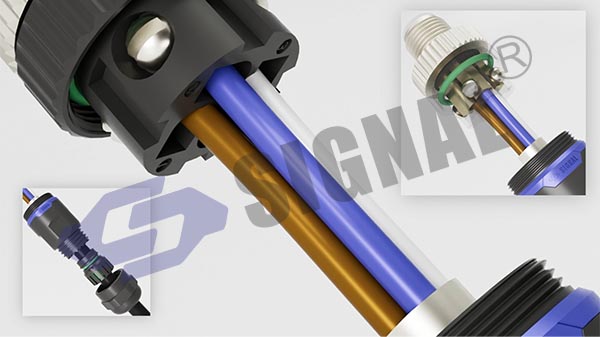Connector wiring refers to the method of connection between the connector's contact surface and the cable and wire. When selecting a connector, connector users will design or select a suitable termination method based on the usage scenario and operating environment to ensure the reliability, stability, and convenience of the connector's electrical connection over long-term use.
What are the wiring methods of connectors?
1、Solder type

Soldering is the most common method for connector welding. Soldering involves using solder to join the connector and cable. During the welding process, avoid cold joints and loose solder joints. Also, pay attention to the welding time; spot welding should not exceed three seconds to avoid burning the insulation. Because soldering connects the wire and connector cup together, it cannot be disassembled, creating a permanent connection.
Note: This method requires high skill from the welder.
2、Crimp type

Crimping is a technique that compresses and displaces metal within specified limits to connect a conductor to a contact pair. A good crimp connection creates a fusion of the metals, resulting in symmetrical deformation of the wire and contact pair. This connection, similar to cold welding, provides superior mechanical strength and electrical continuity, and can withstand harsher environmental conditions. Crimping requires specialized crimping pliers and manual, automatic, or semi-automatic crimping machines. It's important to note that crimped connections are permanent and single-use, while individual contact pairs can be removed and replaced. This type of termination is preferred when contact density increases and spacing decreases.
Note: This process requires a high degree of compatibility between the crimping tool and the terminal wire, and relatively advanced skills in crimping tools.
3、Screw type

Locking screws securely tighten the stripped wire end inserted into the mating hole with a screw. A common screwdriver is used; no specialized tools are required. They offer easy disassembly and immediate installation. They are particularly suitable for connectors that require secondary disassembly and reassembly, allowing them to be re-used on other equipment.
Note: This method requires relatively low operator skills and is convenient and flexible.








